
Introduction
Inert Ceramic Filler Ball (also known as inert alumina ceramic balls) are a type of ceramic Filler material mainly composed of aluminum oxide and silicon dioxide. They feature high strength, high chemical stability and thermal stability, and can withstand high temperatures, high pressures, as well as chemical corrosion from acids and alkalis.
Characteristics:
High strength and wear resistance: They can withstand the impact and wear of materials inside the reactor, extending their service life.
Chemical stability: They remain stable in corrosive environments such as acids and alkalis and do not undergo chemical reactions with reactants.
Thermal stability: They can be used for long periods in high-temperature environments and can withstand rapid temperature changes.

Application fields
Petroleum and chemical industry: In catalytic cracking units, it supports the catalyst bed, ensuring uniform passage of oil and gas through the catalyst to achieve efficient cracking of crude oil. It can also be used in hydrorefining, reforming and other units to protect the catalyst and optimize the reaction environment.
Environmental protection field: In industrial wastewater treatment, it adsorbs and retains heavy metal ions and organic pollutants through its porous structure and surface properties; in flue gas desulfurization systems, it assists the absorbent in capturing sulfur dioxide.
Natural gas industry: In natural gas purification units, it protects desulfurization and decarbonization catalysts; when laid at the bottom of storage tanks, it can prevent water accumulation and impurities from eroding the tank body and optimize the gas distribution inside the tank.
Other fields: In the high-temperature and high-pressure environment of fertilizer production, it can be used as a supporting and filling material; in the new energy field, such as in lithium battery production, it is expected to provide stable reaction conditions for battery material synthesis and electrode preparation.

Function
Support and protect the catalyst: As a support and covering material for the catalyst inside the reactor, it can buffer the impact of liquids and gases entering the reactor on the catalyst and protect the catalyst from damage.
Improve distribution: Increase the distribution points of gas or liquid, improve the distribution of liquid and gas inside the reactor, and make the reaction more thorough and efficient.
The filling density of inert ceramic filling balls is typically around 1.7 – 2.0 g/cm³. However, the specific filling density can vary depending on factors such as the material of the ceramic balls, their particle size, shape, and the filling method. For instance, inert ceramic filling balls made of high-alumina material may have a slightly higher density, approaching 2.0 g/cm³, while those of ordinary materials might be relatively lower, around 1.7 g/cm³. Smaller particle-sized ceramic balls, due to their tighter Filler, may have a slightly higher filling density than larger ones. Additionally, methods such as vibration filling can result in a more compact filling, thereby increasing the filling density accordingly.


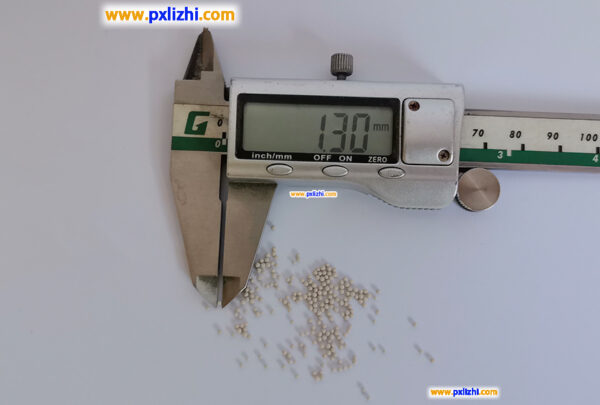
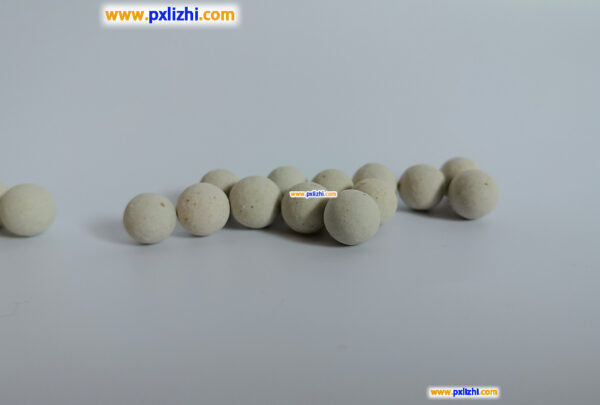
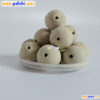
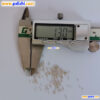
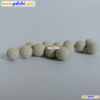
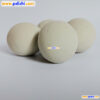
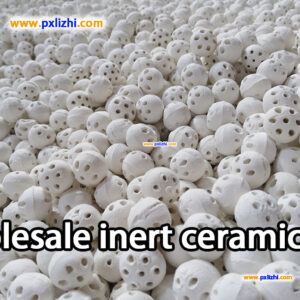
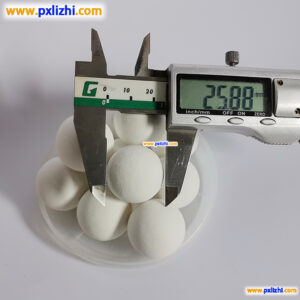
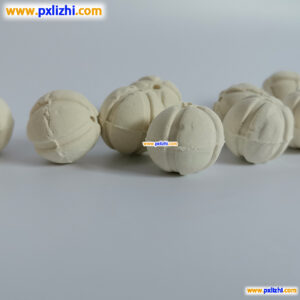

Reviews
There are no reviews yet.